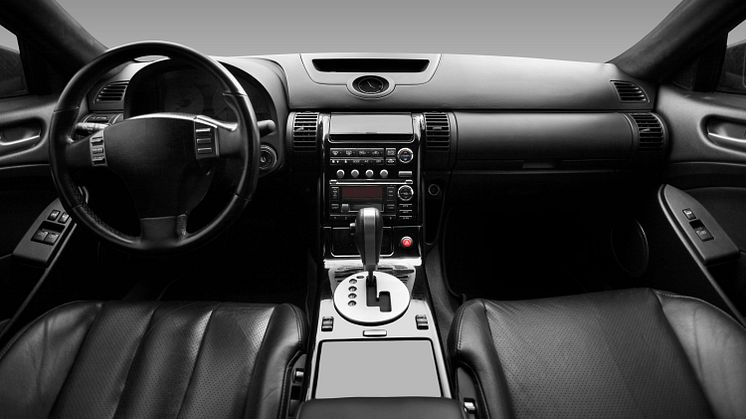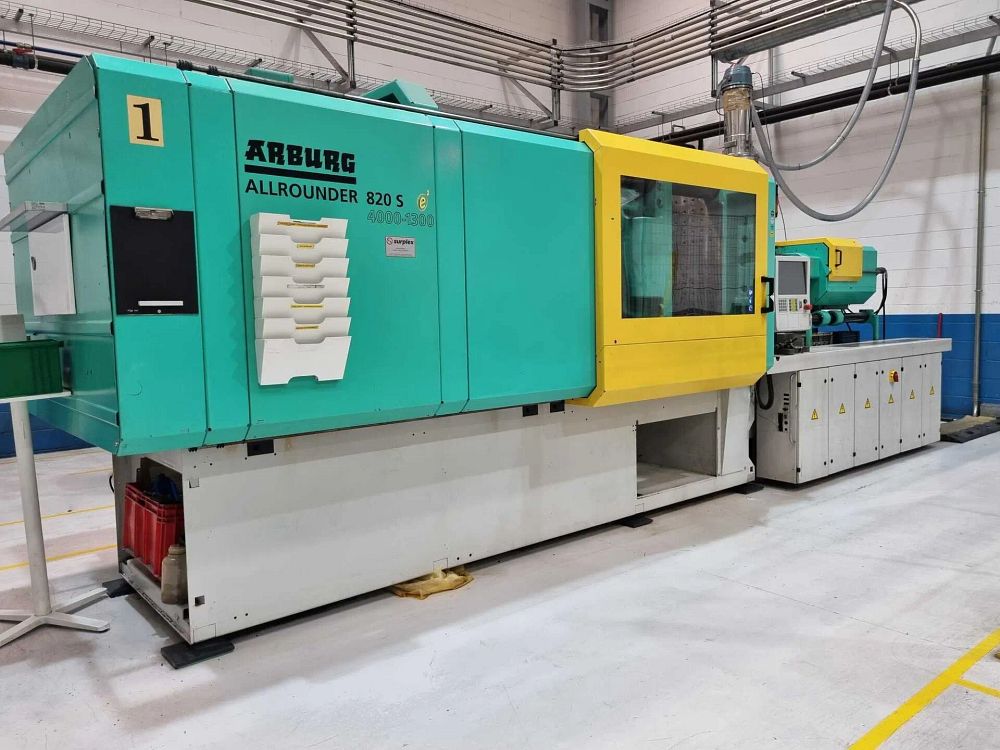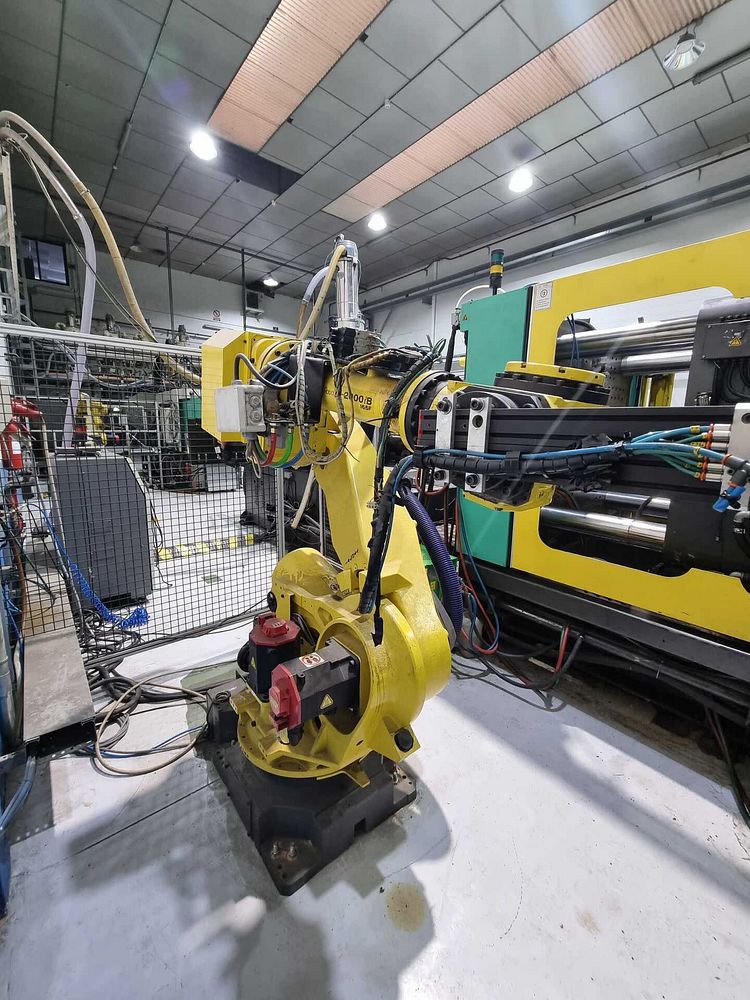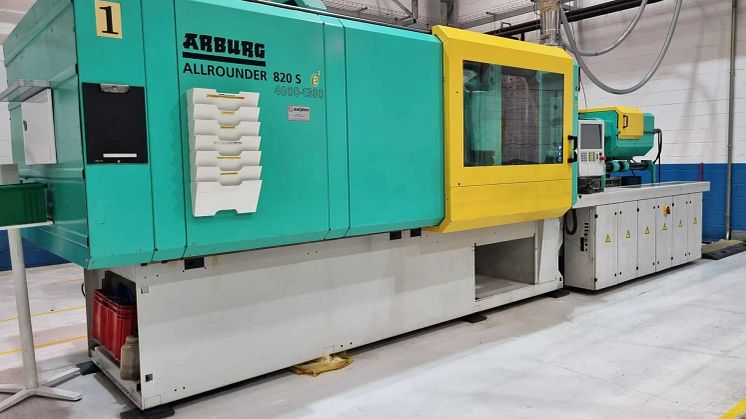
Press release -
From ivory substitute to LFT injection moulding: the history of plastics in automotive engineering
Plastics are a popular material in automotive engineering due to their lightweight and lower cost. The lower strength compared to metals can be compensated for by using high-performance polymers or combining plastics with glass or carbon fibres. The components are manufactured using injection moulding.
Plastics have been around for longer than cars. The first thermoplastic, called Parkesine, was presented by Alexander Parkes at the 1862 World Exhibition in London. It was a further developed cellulose nitrate on a natural basis and was intended to replace ivory. In 1886, more than twenty years later, Carl Benz presented the first car, the Benz Patent-Motorwagen Nummer 1(patent motorcar no. 1). It was made of wood and metal.
Plastic finally gained acceptance during the Second World War, when steel was heavily rationed. In 1941, Henry Ford tried to manufacture a car entirely out of plastics. It took another ten years to reach serial production. Since the production of the Ford Model T in 1951, plastic has been found in cars all over the world.
Plastics vs. metals
Besides metals, plastics are a widely used material in cars. Plastics are lighter, reducing the overall weight of the car and thus the fuel consumption. They are also less expensive and more corrosion-resistant than metals. The injection moulding process allows complex shapes to be produced in a single production cycle.
However, plastics have a major disadvantage compared to metals: their mechanical, chemical, and thermodynamic strength is lower. To increase this strength, there are various options available. Nowadays, there are numerous technical high-performance polymers, such as polyetheretherketone (PEEK). PEEK has high temperature and chemical resistance and is therefore suitable for seals, valves, or electrical components.
Another way to increase strength is to combine plastics with materials that have better mechanical properties. When the filling material reaches a volume fraction of up to 85%, it is called highly filled plastics. If the filling material is made up of fibres, the polymers are called fibre-reinforced. If the fibres are several millimetres long, the composite is called long fibre-reinforced thermoplastics (LFRT). Typical long filler fibres are glass or carbon fibres.

Examples of plastics in cars
A popular plastic used in car interiors is polycarbonate (PC). PC is transparent and is used for switches and instrument panels. Polyurethane (PU) is often used for seat cushions, armrests, and door panels. It is soft, flexible, and comfortable, has good abrasion resistance, and can be produced in various colours and textures.
A high proportion of glass fibres in polypropylene (PP) improves the toughness and strength of the components. It is often used for interior applications such as dashboards, door panels, and seat frames or in body components. Carbon fibre-reinforced polyamide (PA) has high tensile strength and is temperature-resistant. Therefore, it is particularly suitable for applications in the engine compartment, such as air filter housings.
LFRT manufacturing by injection melding
In the direct process, the filling fibres are introduced into the plastic melt immediately before the injection moulding process. This allows for individually adjustable fibre length, proportion, and material combination for each component, depending on the application challenge. The mixing process of polymer and fibre is called compounding. The difficult part is maintaining fibre length, as the mechanical benefits are lost if the fibres break before the component is created. Any waste can be processed internally into granulate and reused. This is called pre-consumer recycling.

Bankruptcy of a Spanish automotive supplier for plastic parts
Analogous to recycling of plastics, trading used machines is a way of reusing machines and thus contributing to a circular economy in the machinery and plant engineering industry. Compared to producing new machines, each used machine saves significant amounts of greenhouse gases and raw materials.
Due to bankruptcy, the machine park of a Spanish automotive supplier for plastic parts is up for auction on the Surplex.com used machinery market. Over 140 items can be bid on until 09.05. The abandoned production site is in the province of Barcelona. For those who find the journey too far, the automotive supplier's plant can be visited in a virtual 3D tour.
Special attention should be paid to the 14 injection moulding machines from the renowned manufacturer ARBURG, including the Allrounder 820 S 4000-1300 with a clamping force of 4,000 kN. Two additional injection moulding machines from DEMAG, as well as from CHEN DE PLASTICS MACHINERY and ENGEL make the auction a treasure trove for plastic processors. Some machines are equipped with FANUC industrial robots from the R-2000 series, enabling automated production at the highest quality. The offer is supplemented by a tensile and compression testing machine for quality assurance, various hot air dryers from SB PLASTICS MACHINERY, cutting or granulating mills and granulators for the production of plastic granules, as well as two PIMEG overhead cranes (3.2 and 4 tons).
About Surplex
Surplex is one of Europe’s leading industrial auction houses and trades worldwide with used machinery and equipment. The 16-language auction platform Surplex.comrecords approximately 50 million-page views annually. More than 55,000 industrial goods are sold each year at more than 800 online auctions. The company is based in Düsseldorf (Germany) and has offices in 16 European countries. Over 220 employees from 20 different nations generate an annual turnover of more than EUR 100 million.



